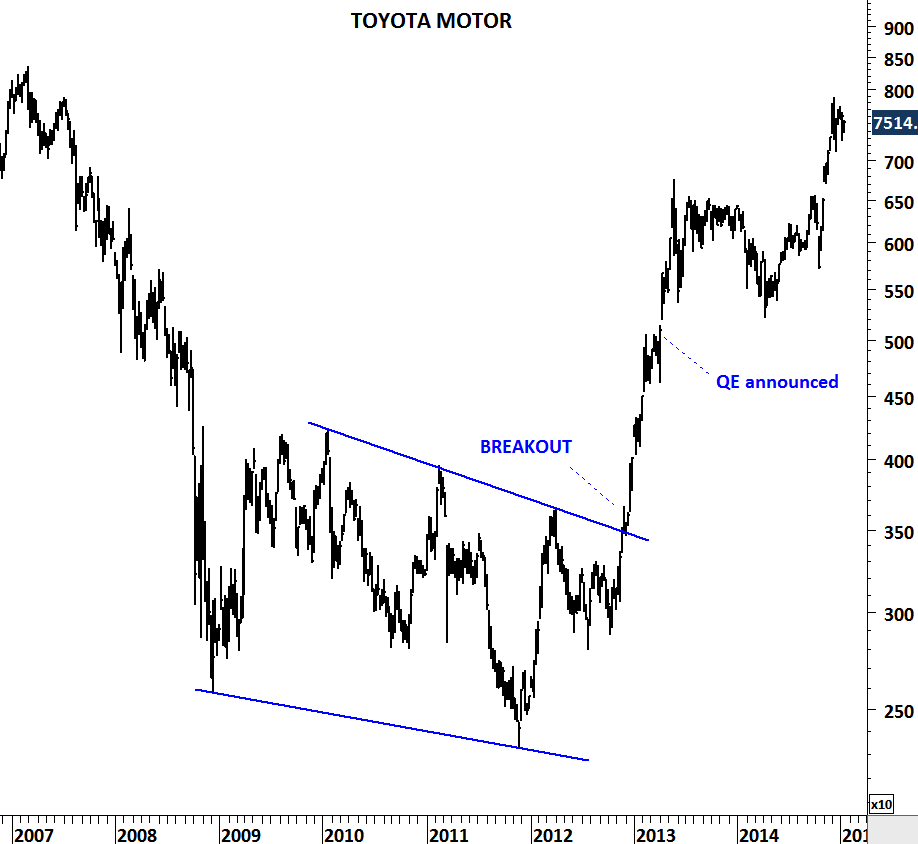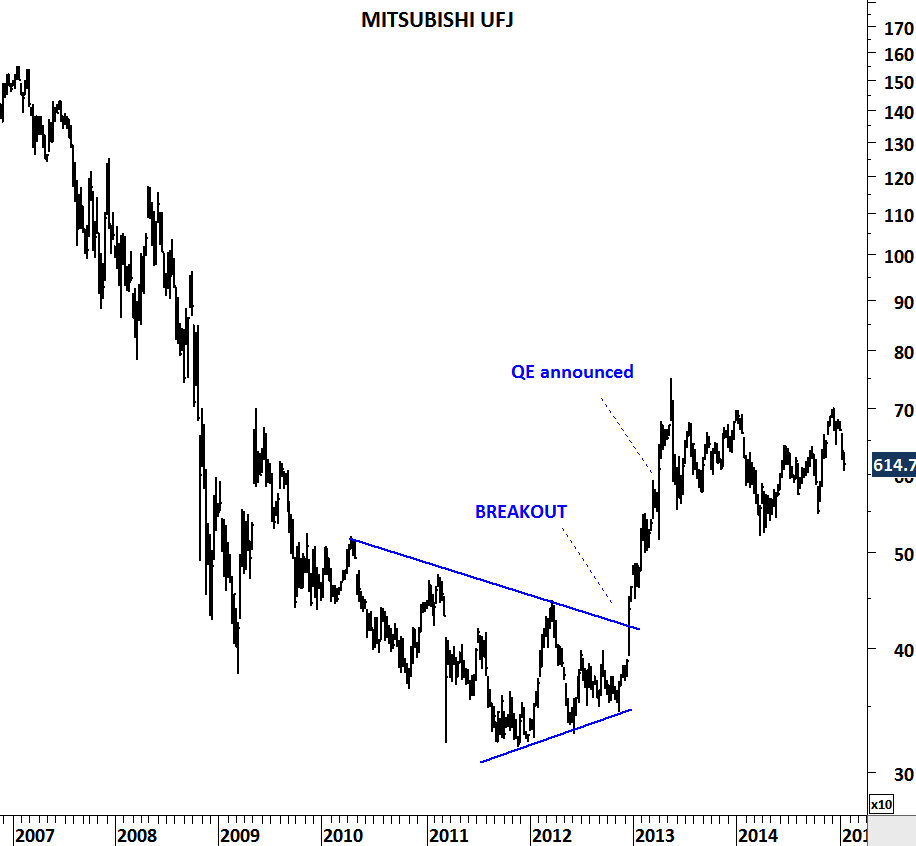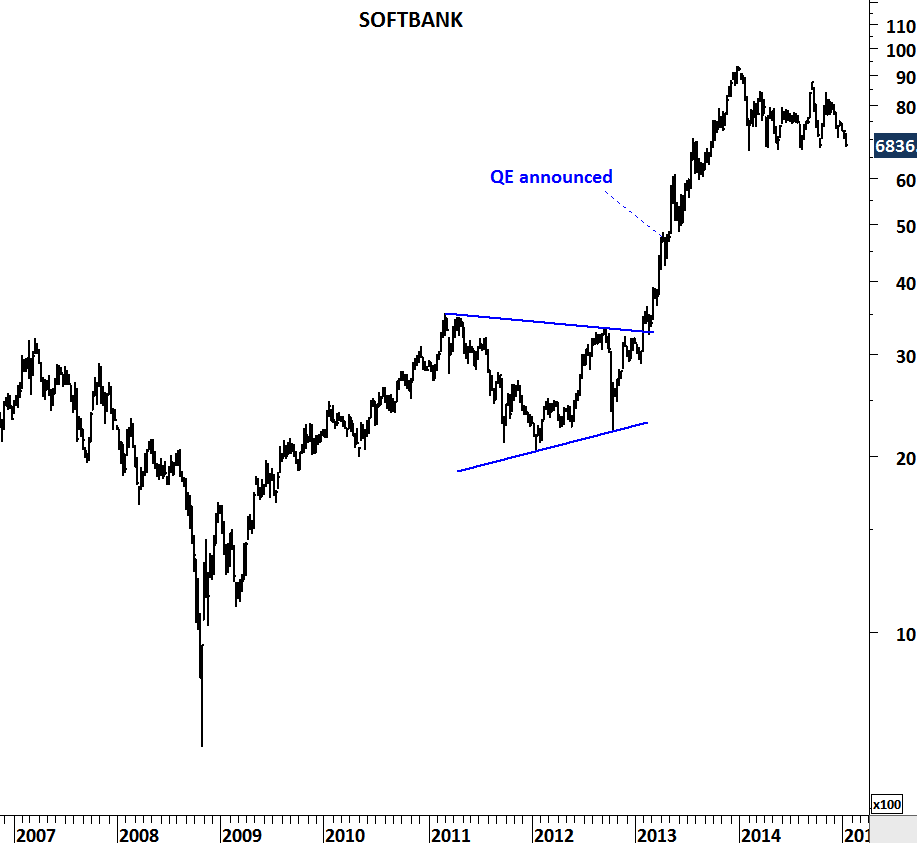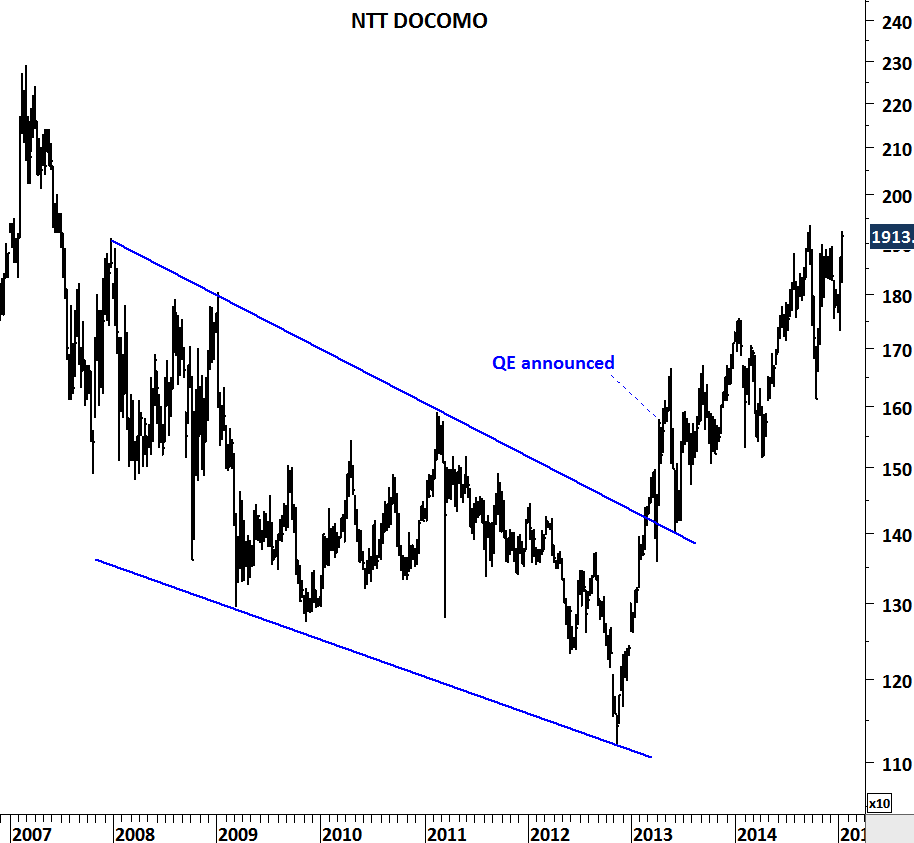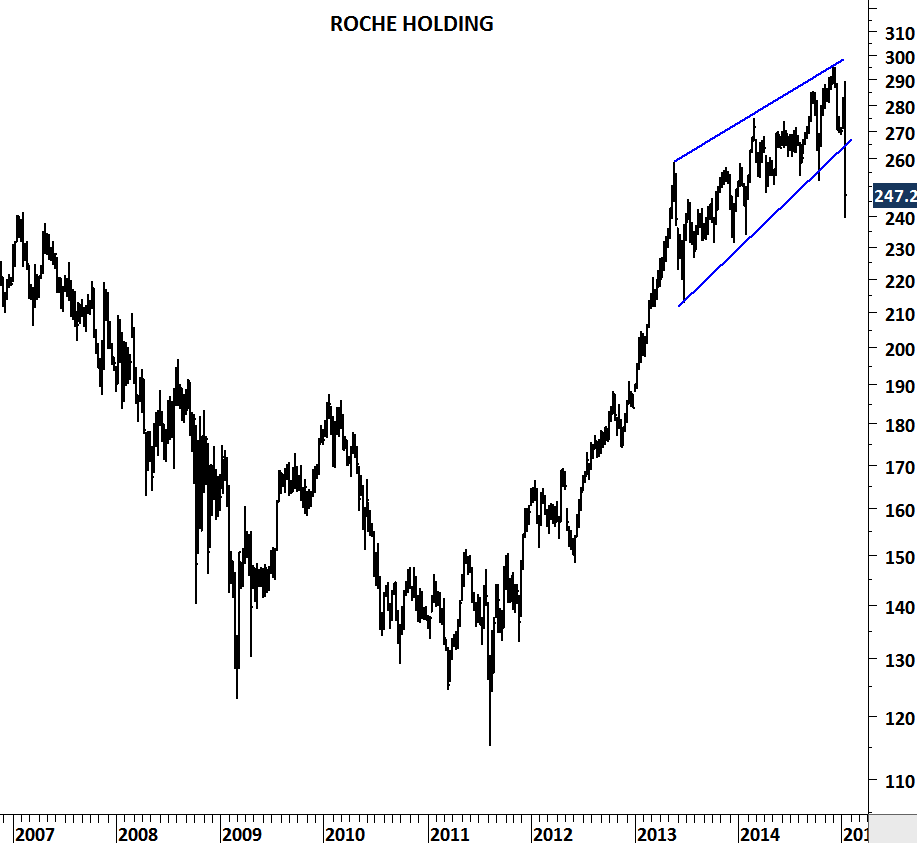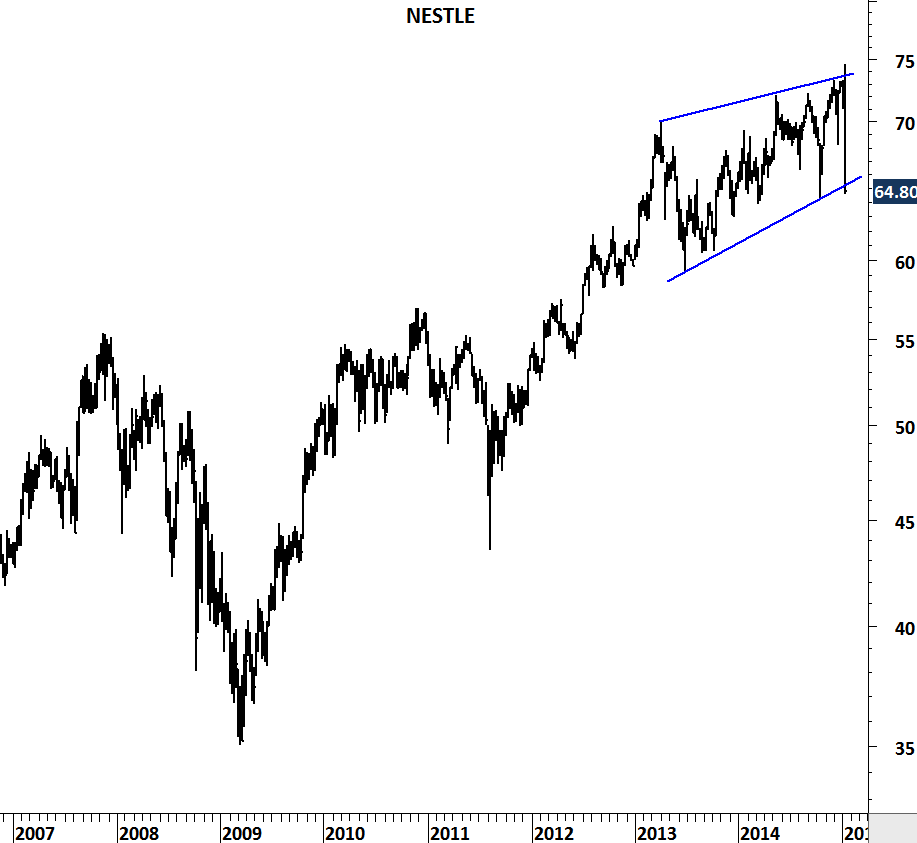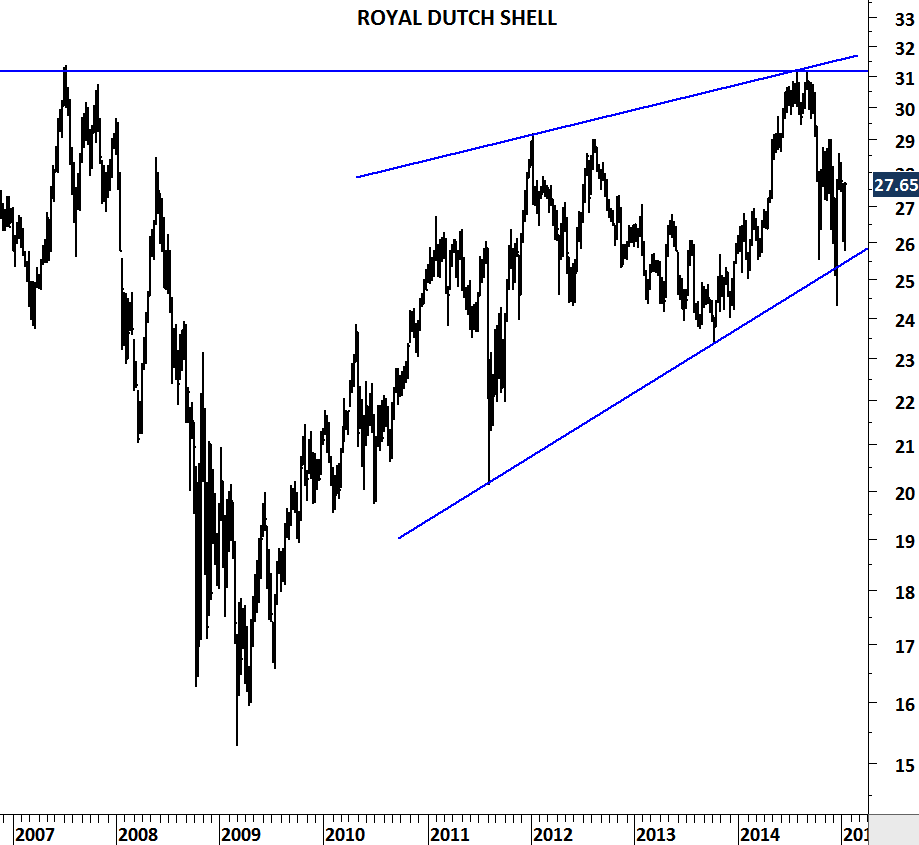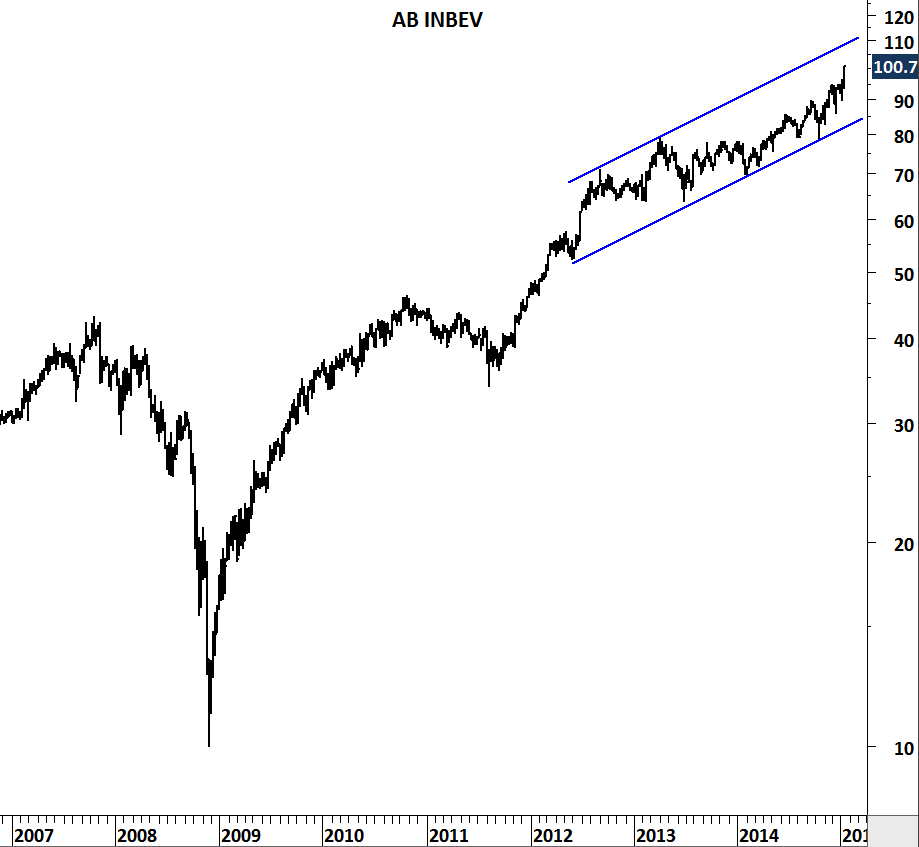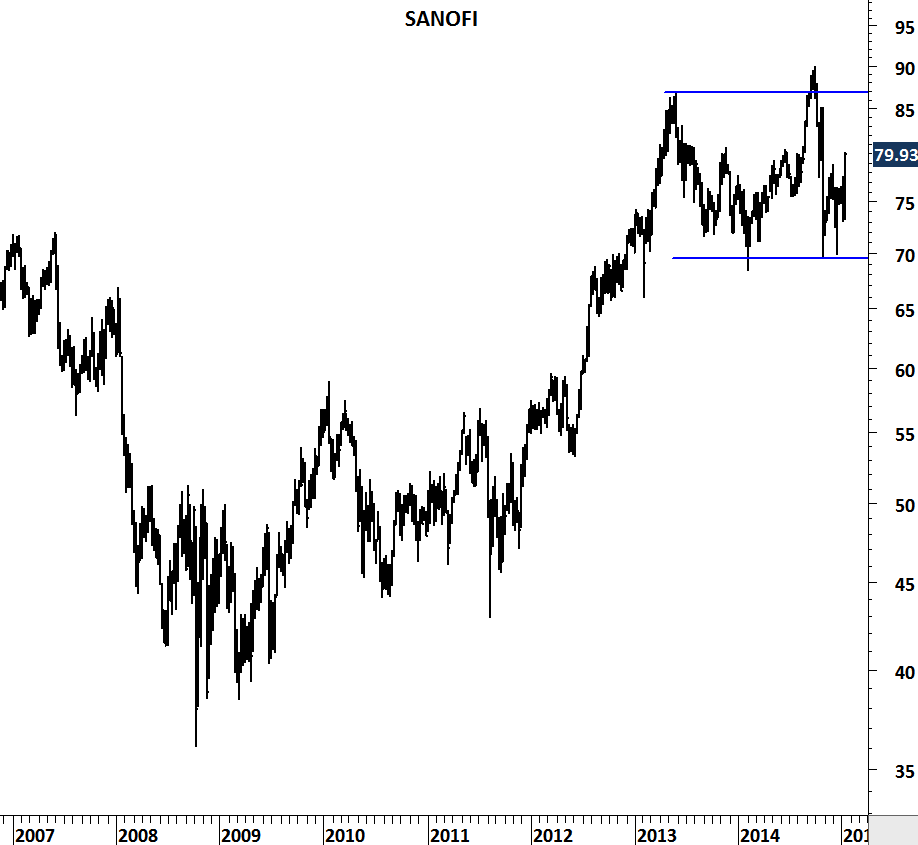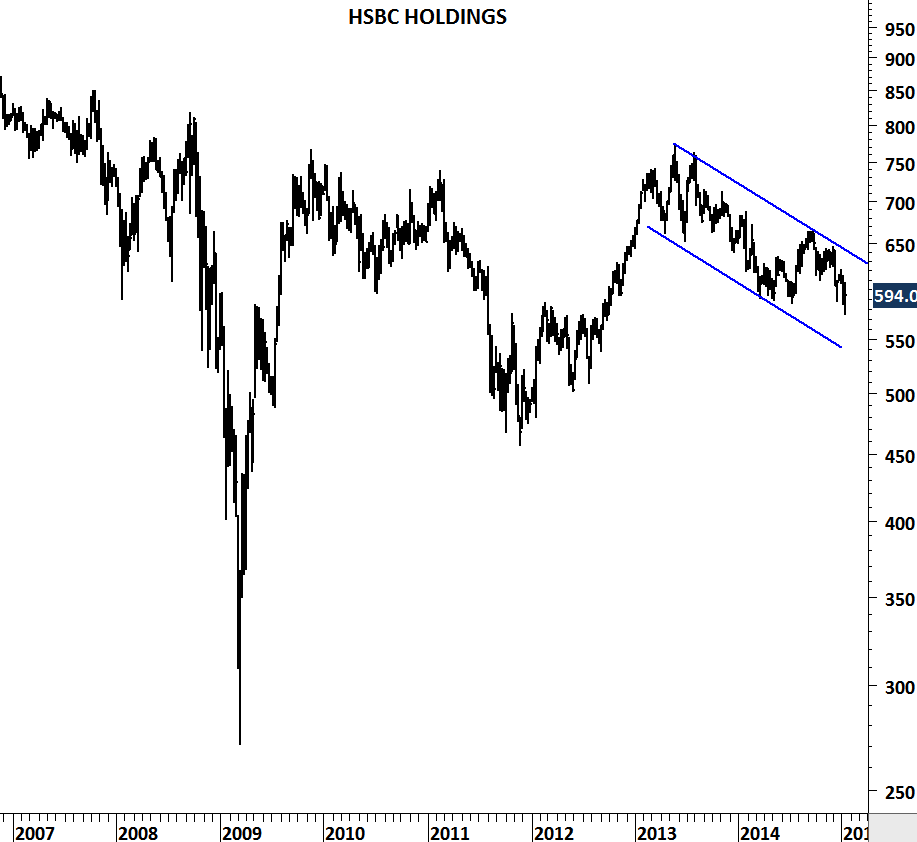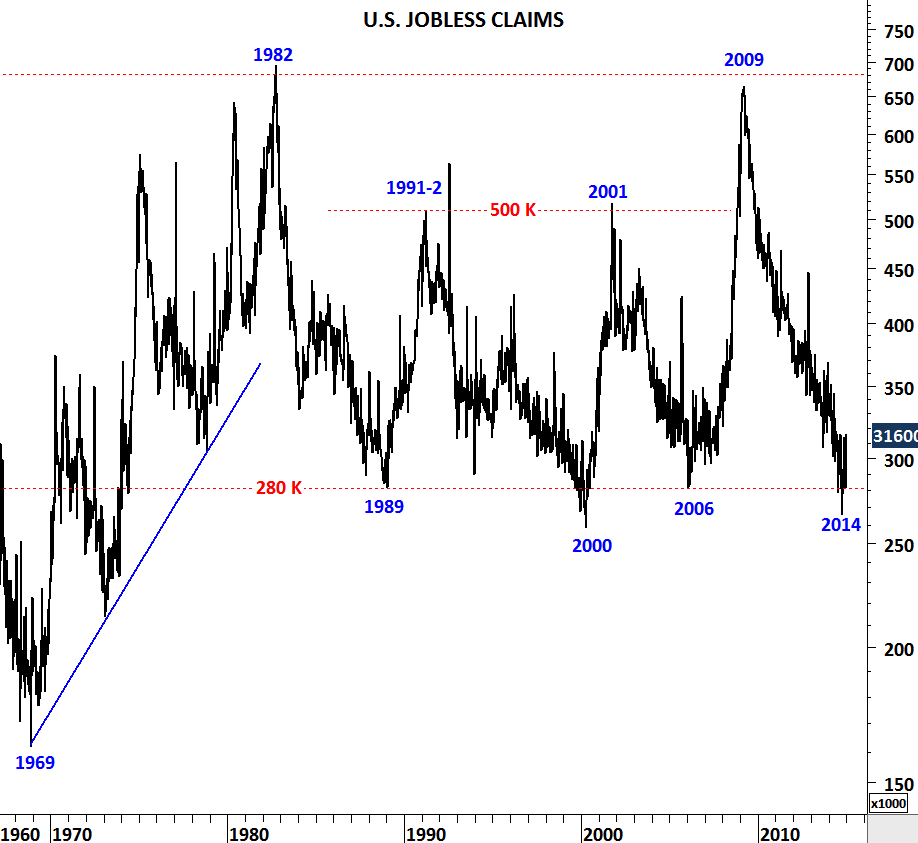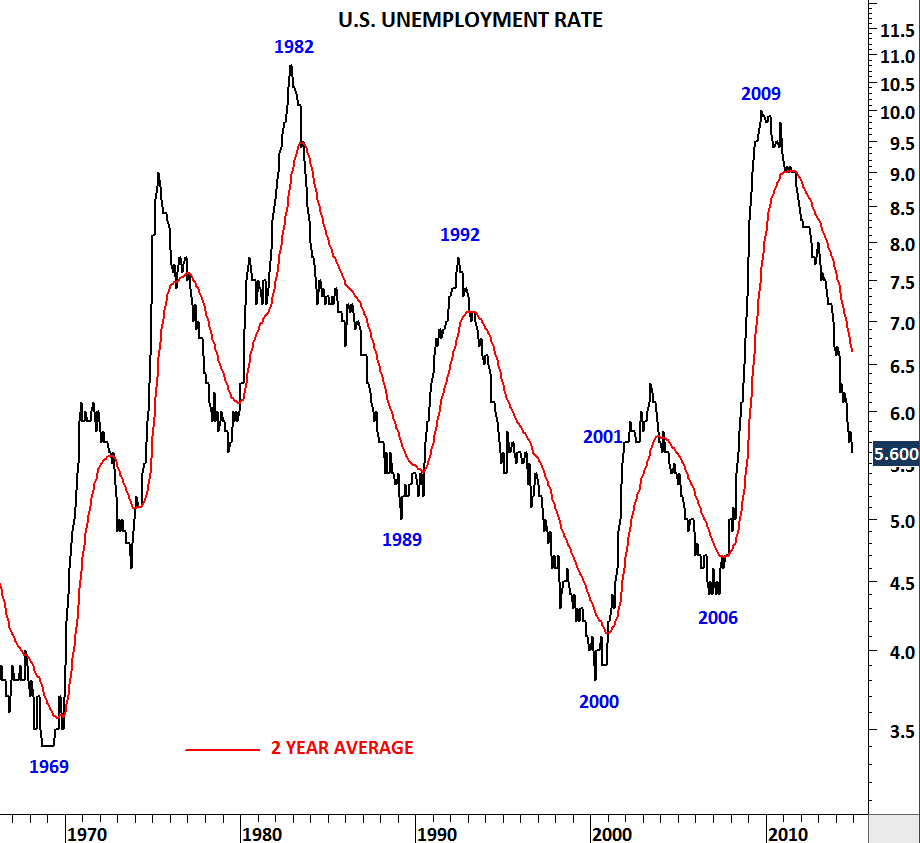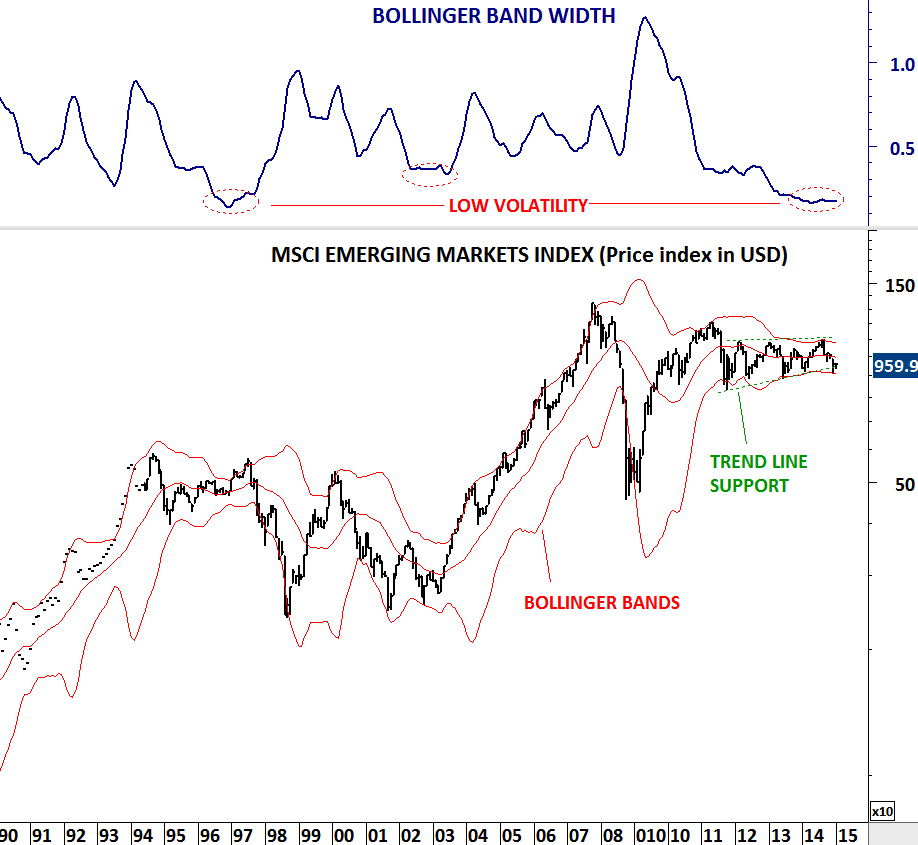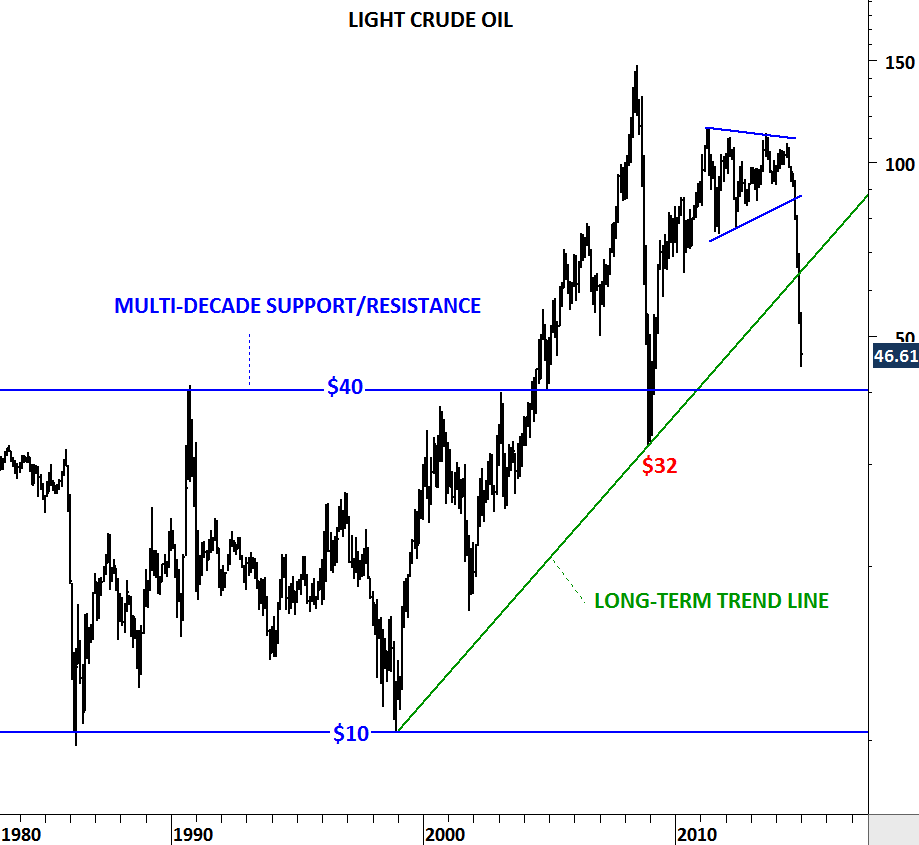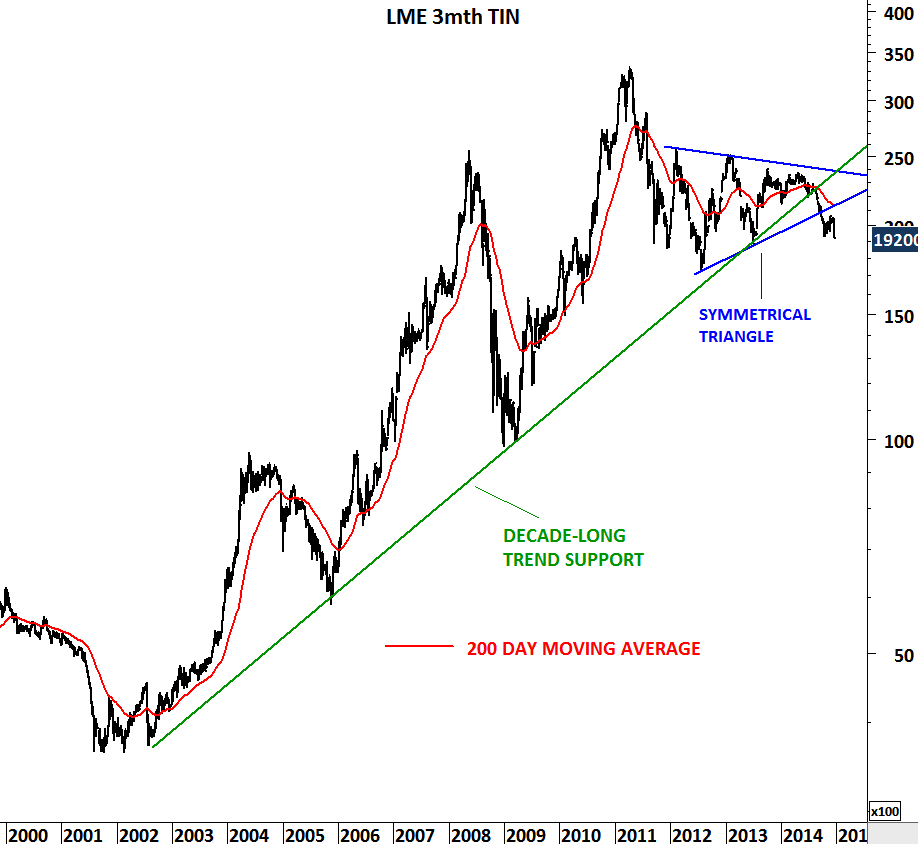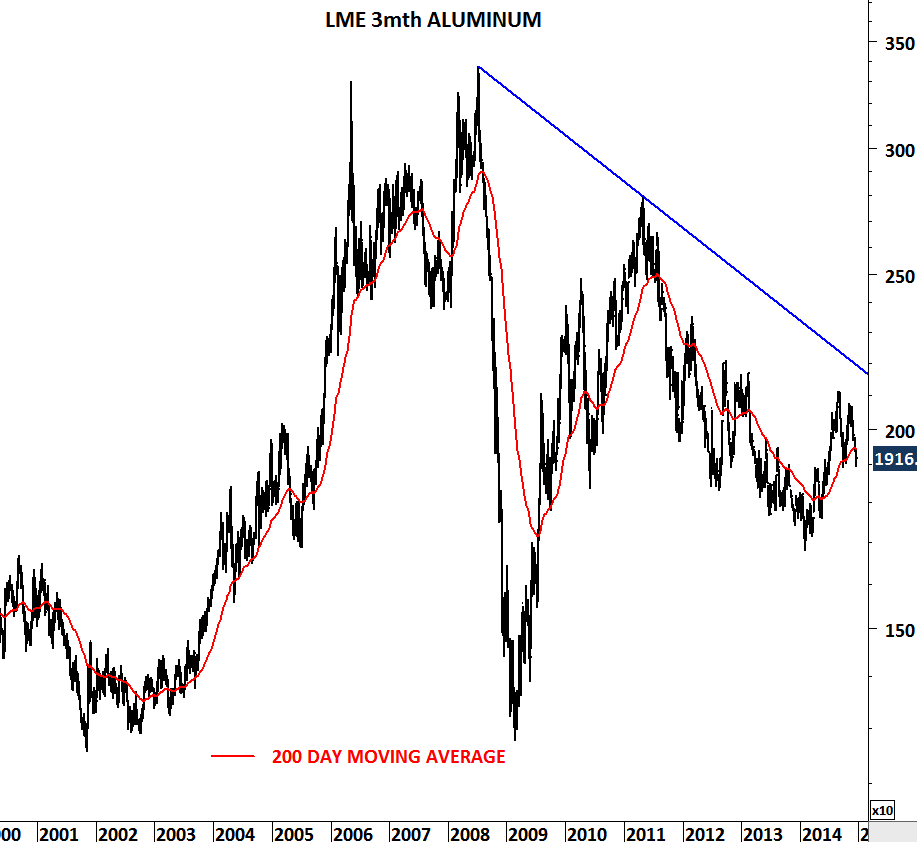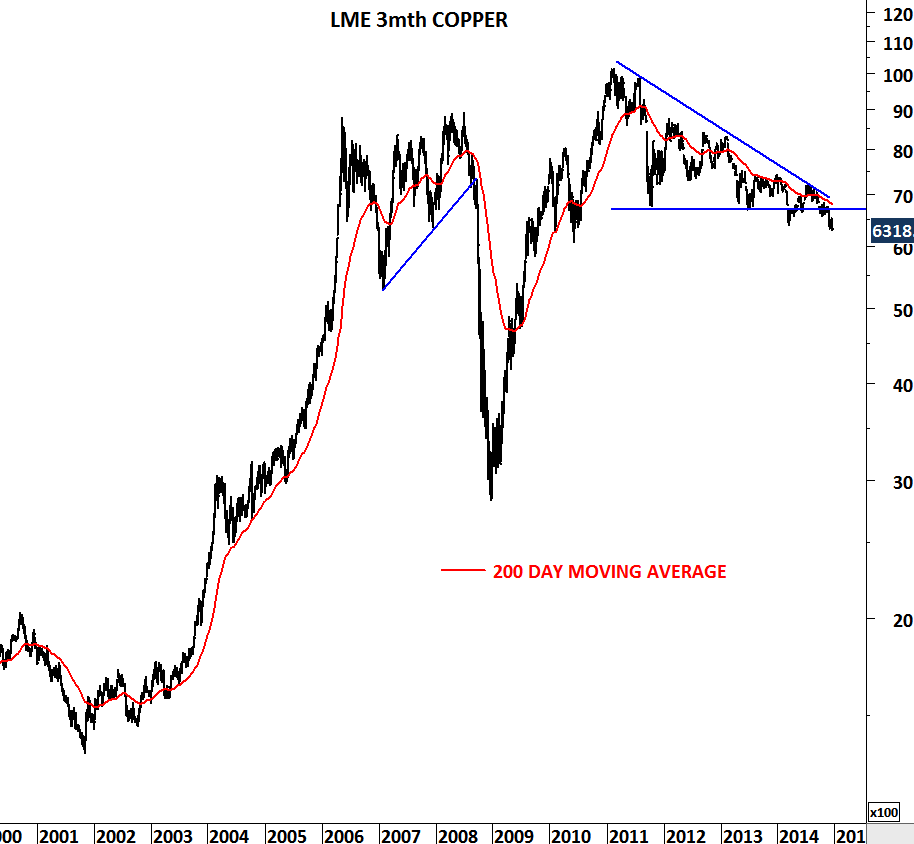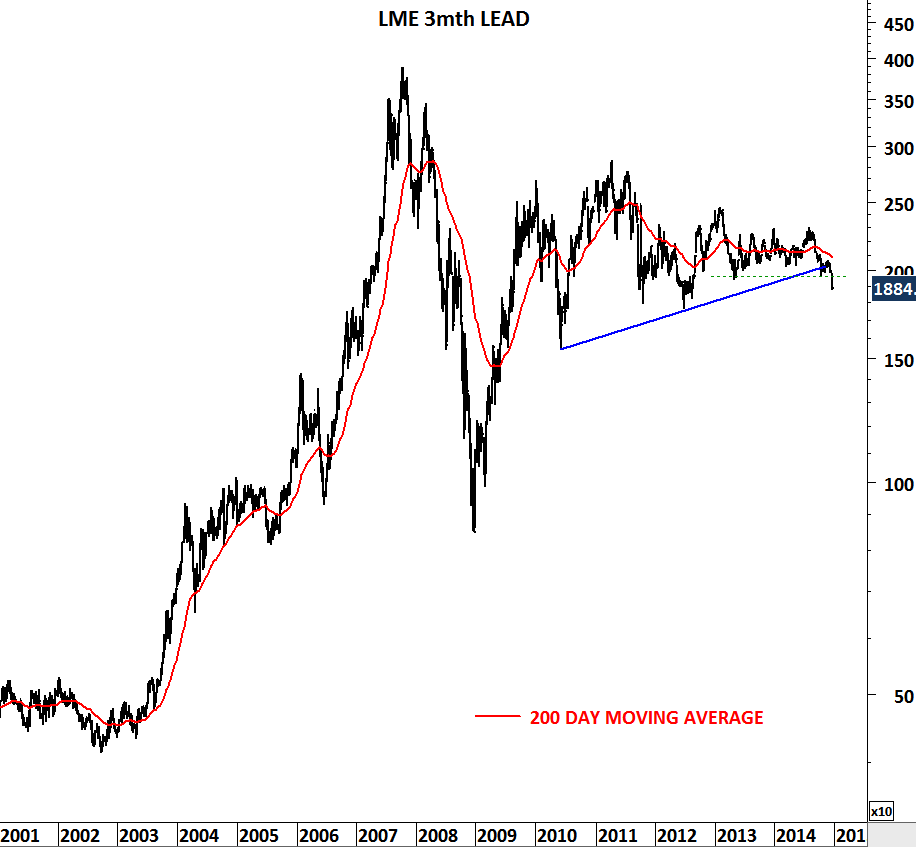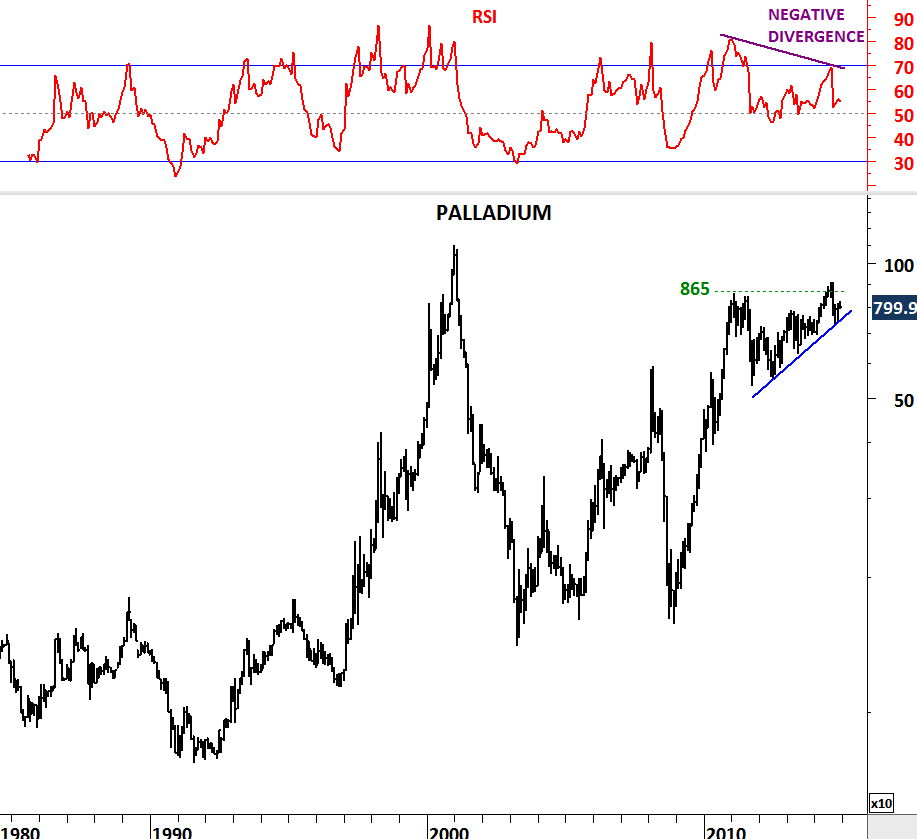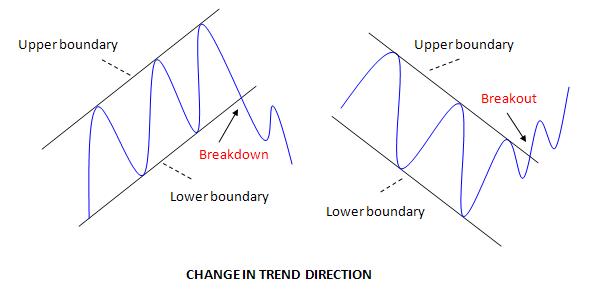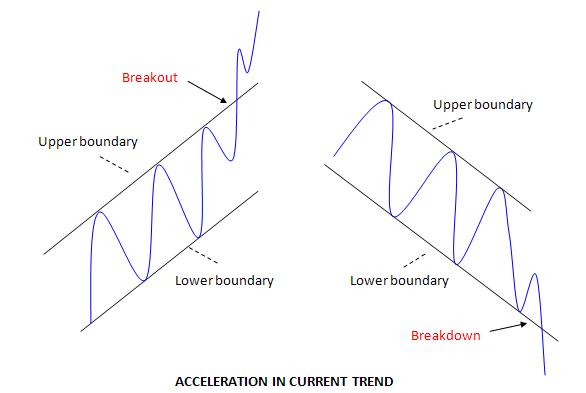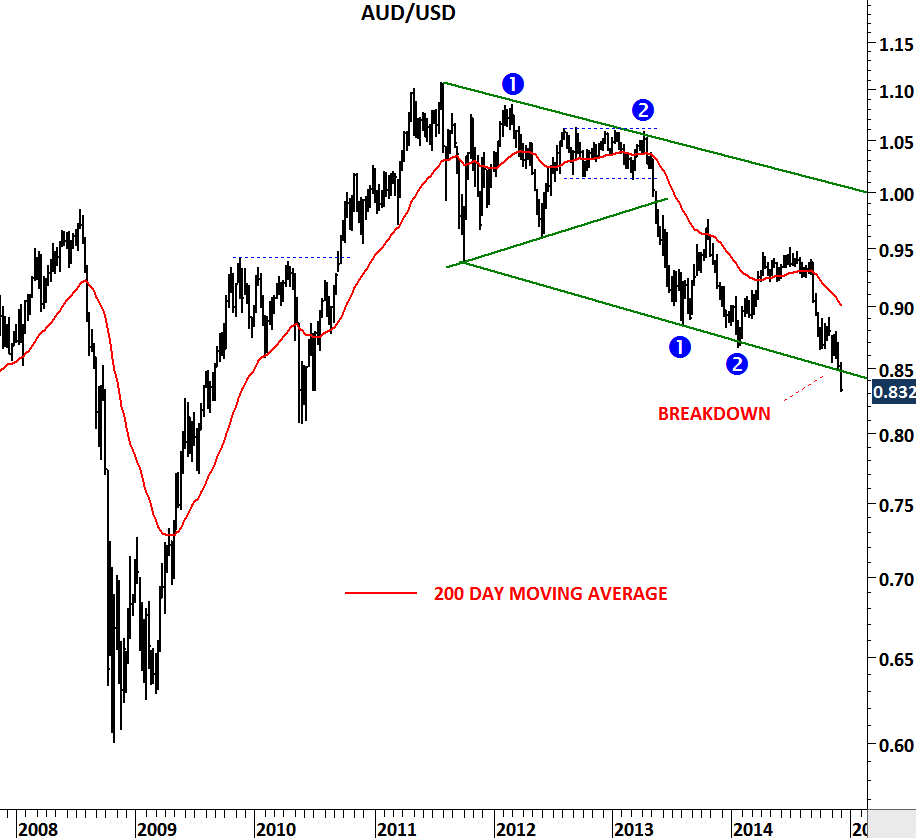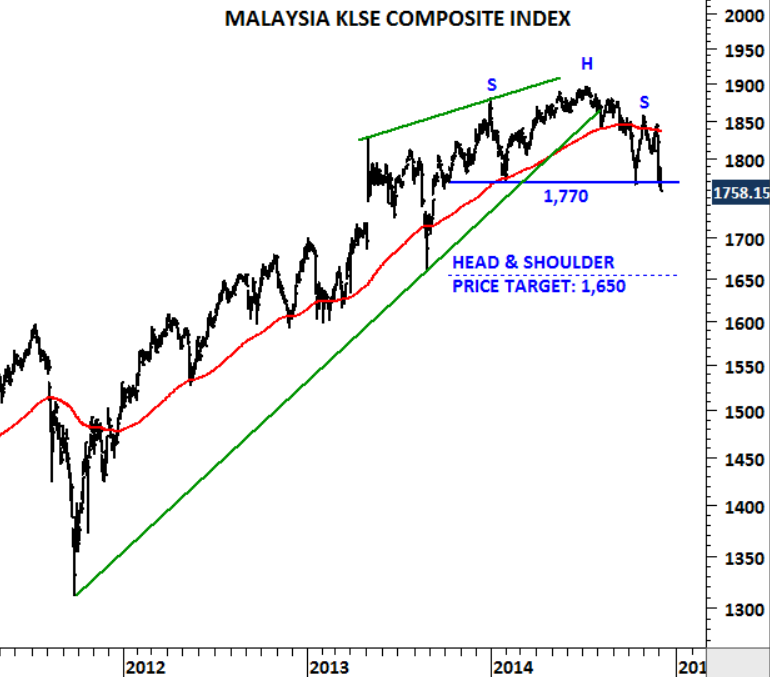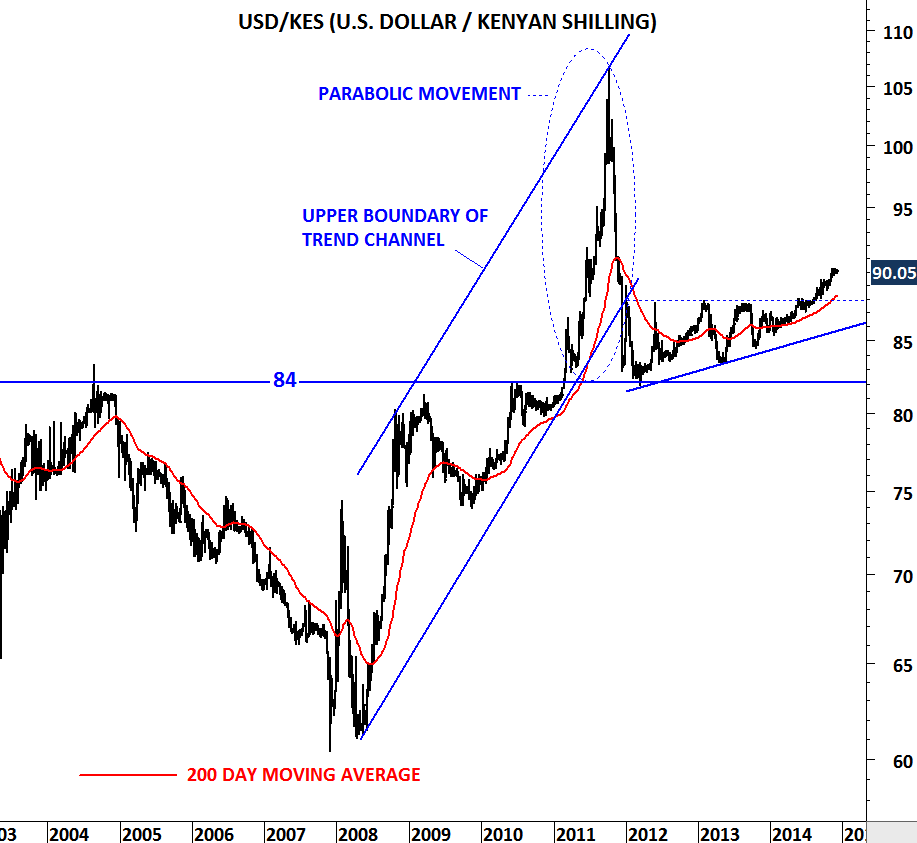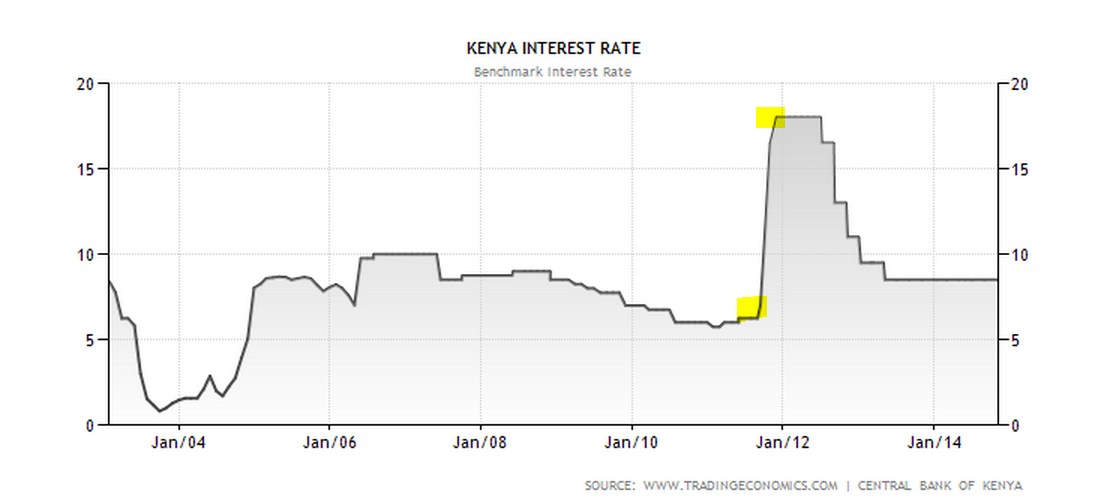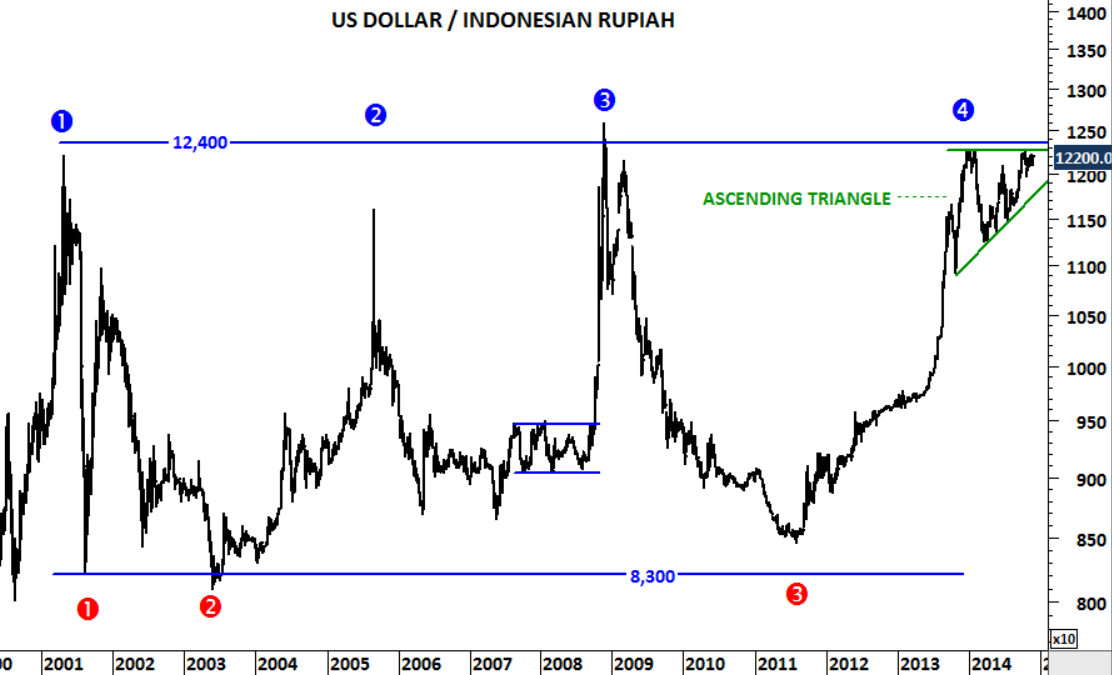NIKKEI 225 & EURO STOXX 50
When Japan’s Central Bank announced its QE program in April 2013 it was a big surprise for the public at least according to the way some of the mainstream media announced it. The Independent wrote “Japan tries shock and awe to jump-start stalled economy”. At the time Japan had already elected a new government which signaled monetary easing.
I reviewed the top 5 names in the widely followed Japanese equity benchmark – Nikkei 225. Most of the names anticipated the monetary easing and broke out of their multi-year base formations. When the QE was announced it was a confirmation for the market rather than a surprise. Below are the top 5 names from the Nikkei 225. Markets are discounting mechanisms.
When a trade is assigned %100 probability of success, I start getting uncomfortable. I look around and see almost certainty for an event to occur… this becomes a case study for me. European Central Bank’s Quantitative easing is now being announced by the mainstream media as almost a certain event. I reviewed the top names in the Euro Stoxx 50 index to see if the market is anticipating this almost sure event. What I find is a bit different from the Japanese QE announcement. None of the names except UNILEVER is preparing for a breakout. Some of the names are overbought and some are showing significant weakness.
Take this update as a case study and not as a forecast. My conclusion for the top European stocks is that there is no clear anticipation of QE that would spill over to result in further equity gains. Below are the largest market cap stocks in the Euro Stoxx 50 index. I welcome any thoughts on this.

